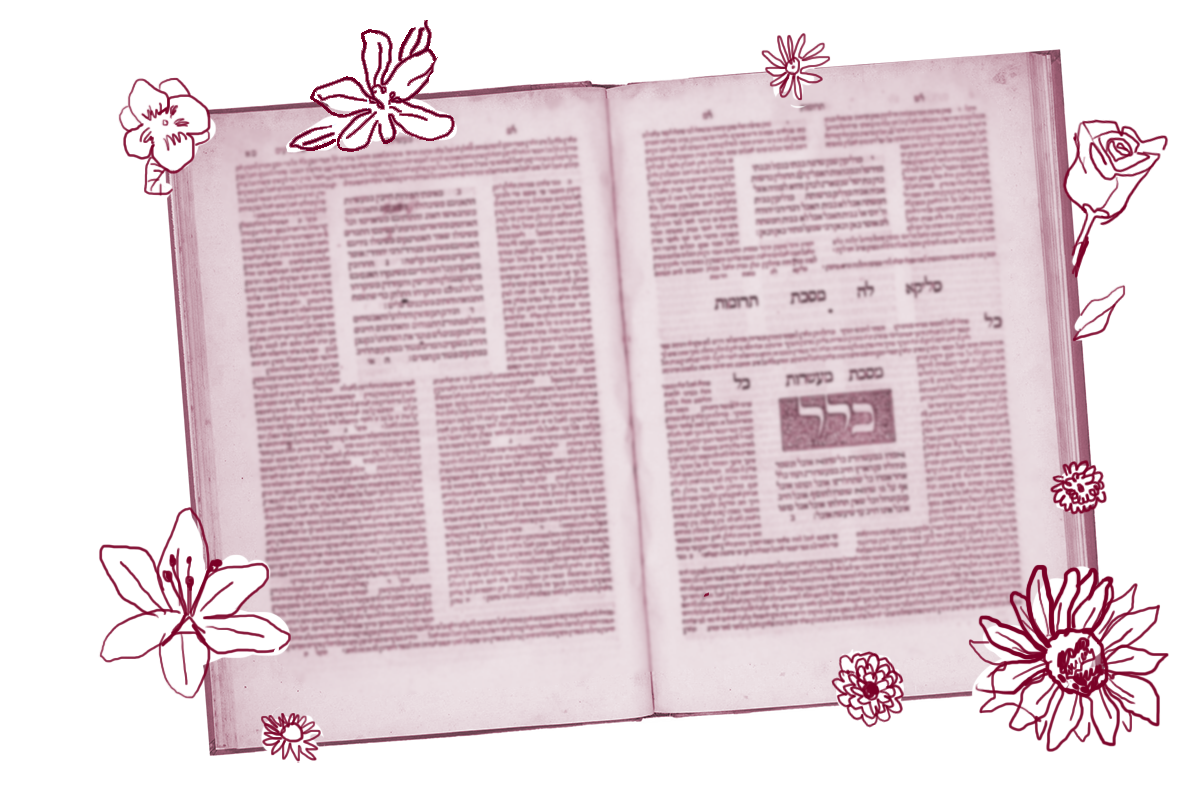The midrashic process allows interpreters of the biblical text to make use of any element of the biblical text, even tiny and seemingly inconsequential ones. Today, we learn about a rabbi who was known for doing exactly this — that is, until he wasn’t.
Shimon HaAmasoni, and some say that it was Nehemya HaAmasoni, would interpret all occurrences of the word et in the Torah. Once he reached the verse: “You shall fear [et] Adonai your God” (Deuteronomy 6:13), which includes the word et, he withdrew from this method of exposition.
The Hebrew word et is a preposition that is used to introduce a direct object, but it has no meaning of its own. It is also used all the time; one classic Bible concordance lists over 10,000 occurrences of some form of the word in the Hebrew Bible as a whole — far more than any other word.
As the Gemara tells it, Shimon was known for utilizing the word to expand the meaning of a verse. But after encountering the verse “You shall fear [et] Adonai your God,” he got stuck.

Help us keep Jewish knowledge accessible to millions of people around the world.
Your donation to My Jewish Learning fuels endless journeys of Jewish discovery. With your help, My Jewish Learning can continue to provide nonstop opportunities for learning, connection and growth.
God is in a category to God’s self, how can the fear of God be expanded to include something else? Shimon’s stuckness leads him not only to pass on interpreting the et in this verse, but also to rescind all of his previous interpretations that relied on the word et.
While the Talmud does not explain explicitly what led him to do this, the implication seems to be that Shimon’s inability to build a drash on the word et in this instance called into question the legitimacy of this mode of interpretation in all instances. Was his response too drastic? The reader is left to decide.
If this is sounding familiar to you, you have a good memory! We saw this passage on Pesachim 22, and it was also the focus of the Daily Dose of Talmud on that day as well. Back then, we focused on the theological implications of Shimon’s teaching. Today, we’ll look at what comes next:
The et in this verse was left unexplained until Rabbi Akiva came and expounded: The word et serves to include Torah scholars.
Rabbi Akiva teaches that this et comes to include the sages in the commandment. Just as we are obligated to stand in awe of God, so too should we do so for the sages. Perhaps a self-serving interpretation, but as the sages are the ones who immerse themselves in the study and teaching of God’s Torah, there is a logic to suggesting that they are due some honor and respect.
While it may be bold for Rabbi Akiva to liken the sages to God, it’s not surprising that he is the one to whom the Talmud attributes this teaching. As we’ll see on Menachot 29 when we encounter one of the Talmud’s most famous stories, Rabbi Akiva is known for bold interpretations that stem from unexpected readings and even find hidden meaning in the calligraphy of the Torah:
Rav Yehuda says that Rav says: When Moses ascended on High, he found the Holy One, Blessed be He, sitting and tying crowns on the letters of the Torah. Moses said before God: Master of the Universe, who is preventing You from giving the Torah without these additions? God said to him: There is a man who is destined to be born after several generations, and Akiva ben Yosef is his name; he is destined to derive from each and every thorn of these crowns mounds upon mounds of halakhot.
“What’s taking so long?” Moses asks God on Mt. Sinai, “Hurry up, the people are waiting to get the Torah.”
“Hold on a minute,” says God, “I need to finish adding stylistic elements to the letters — one day Rabbi Akiva is going to need them!”
Shimon HaAmasoni rescinded all of his teachings that emerged from the word et — an indication, perhaps, that he felt midrash has its limits. But the Talmud makes clear that no feature of the text insignificant or unable to bear the weight of midrashic interpretation, and no one was more masterful at this craft than Rabbi Akiva. Indeed, God designed the text, down to the crowns of the letters, to be read in just this way.
Read all of Kiddushin 57 on Sefaria.
This piece originally appeared in a My Jewish Learning Daf Yomi email newsletter sent on October 9th, 2023. If you are interested in receiving the newsletter, sign up here.



